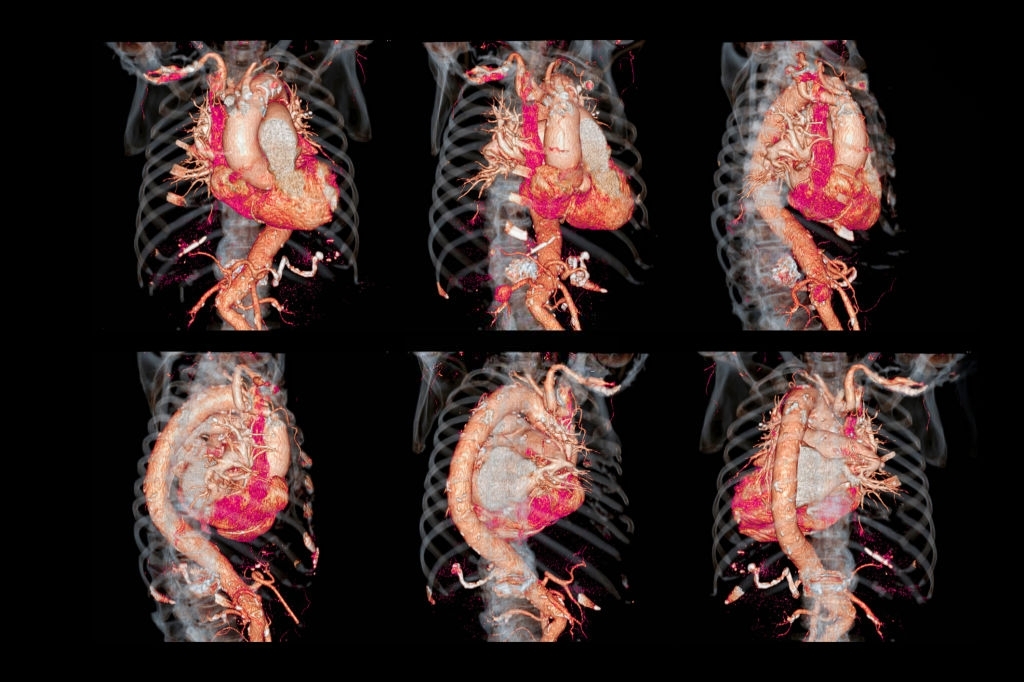Abdominal & Thoracic Aneurysms
Information for Medical Practitioners
What is a Thoracic Aortic Aneurysm?

A thoracic aortic aneurysm is a ballooning or widening of a section of the aorta, which is a major blood vessel within your chest (thorax). Thoracic Aortic Aneurysms can weaken the aorta and lead to the degeneration of its part over time.
The aorta is the main vessel in the body, which starts at your heart and extends all the way to your pelvis, where it branches toward your legs.
The larger the aneurysm, the higher the risk it may rupture, resulting in bleeding that could prove fatal.
Small and slow-growing thoracic aortic aneurysms are not life-threatening and can be monitored until they become symptomatic or sufficiently large.
What causes Thoracic Aortic Aneurysm?
About 20% of these aneurysms can be linked to family history and certain genetic syndromes, but your age and your lifestyle are also important – factors such as smoking, a diet high in saturated fats and high blood pressure may lead to the development of the thoracic aortic aneurysms.

How can Thoracic Aortic Aneurysm be treated?
A patient with thoracic aortic aneurysms can be treated with endovascular stent grafting, a less invasive method, or via open surgical repair. The decision which options depends on the patient’s health and the exact anatomy of their aneurysm.
An endovascular stent is a metal and fabric tube that relines the inside of an aneurysm, preventing further enlargement and therefore the risk of rupture.

